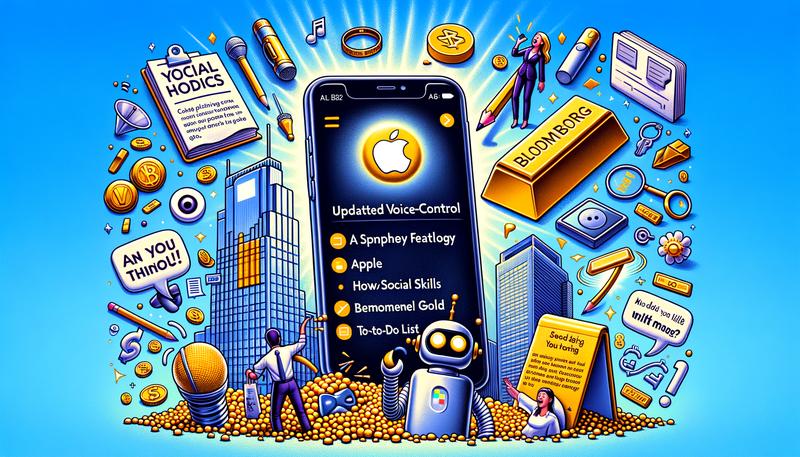If you’ve worked in publishing for any length of time, you’ve probably heard of Bo Sacks. And if you haven’t, well… where have you been hiding? His Heard on the Web: Media Intelligence newsletter has been landing in inboxes for decades, long before “email marketing” was even a term.
But what most people don’t know is that it all started with one AOL account, a squealing Hayes modem, and… no one to email.
AOL, Floppies, and the Birth of a List
It was the late ’80s, and Bo was production manager at Ziff-Davis, right in the middle of the magazine boom. Think bound-in inserts, blow-in cards, and enough promotional gimmicks to make a postal worker blush.
One day, a quirky project landed on his desk: attach floppy disks—yes, the breakable kind—to magazines. Pulling that off earned him a little thank-you gift from America Online: a free email account.
That might not sound like much now, but back then? It was like being handed the keys to a brand-new continent. The problem was, no one else lived there. Bo had exactly one person to write to—his old college roommate at Time Inc. So they traded notes about the arcana of magazine production: paper stocks, press checks, binding quirks.
A coworker joined the conversation. Then another. Before long, the list grew from two people to a few dozen. By 1992—before the modern web even existed—Bo’s impromptu email list had 1,000 subscribers. No ads. No growth hacking. No algorithms. Just word of mouth in publishing circles.
That accidental community is now the longest-running e-newsletter in the world, with over 16,750 subscribers in every corner of the media industry.
Why People Listened
Bo wasn’t just some guy with an email account. He’d been in publishing since 1970, starting with his own weekly newspaper in New York before moving into the alternative press and becoming an early leader at High Times magazine. Over the years, he held almost every job you can think of: publisher, editor, pressman, production director, senior sales manager—you name it, he’s done it.
His résumé reads like a map of the media world: McCall’s, Time Inc., New York Times Magazine Group, International Paper, Ziff-Davis, CMP, Bill Communications. He’s also co-founded mediaIDEAS, advised universities, and picked up more industry honors than some people collect coffee mugs—including a Publishing Hall of Fame induction and a Niche Media Lifetime Achievement Award.
In other words: when Bo talks about publishing, people tend to listen.
From Dial-Up to AI
Looking back, Bo sees a clear parallel between those early email days and today’s AI moment. Back then, the revolution was about access and speed—email leveled the playing field for independent voices. Today, it’s about intelligence and control—figuring out how to use powerful tools without losing the human voices that make content worth reading.
And his advice hasn’t changed much in 30 years: the winners aren’t the ones with the shiniest tools. They’re the ones who know why they’re using them—and have the stamina to keep producing meaningful work.
If you’ve never subscribed to Heard on the Web, it’s worth it just to see how a “Paleolithic” email experiment turned into a daily conversation that still connects publishing pros across the globe. And it’s also proof of something we tend to forget: sometimes the most enduring things start as an accident… followed by decades of showing up, day after day.
Hat tip to BoSacks’ newsletter for sharing this origin story. You can read the full piece here: BoSacks Speaks Out: From Modems to Millions – The Accidental Birth of a Newsletter




